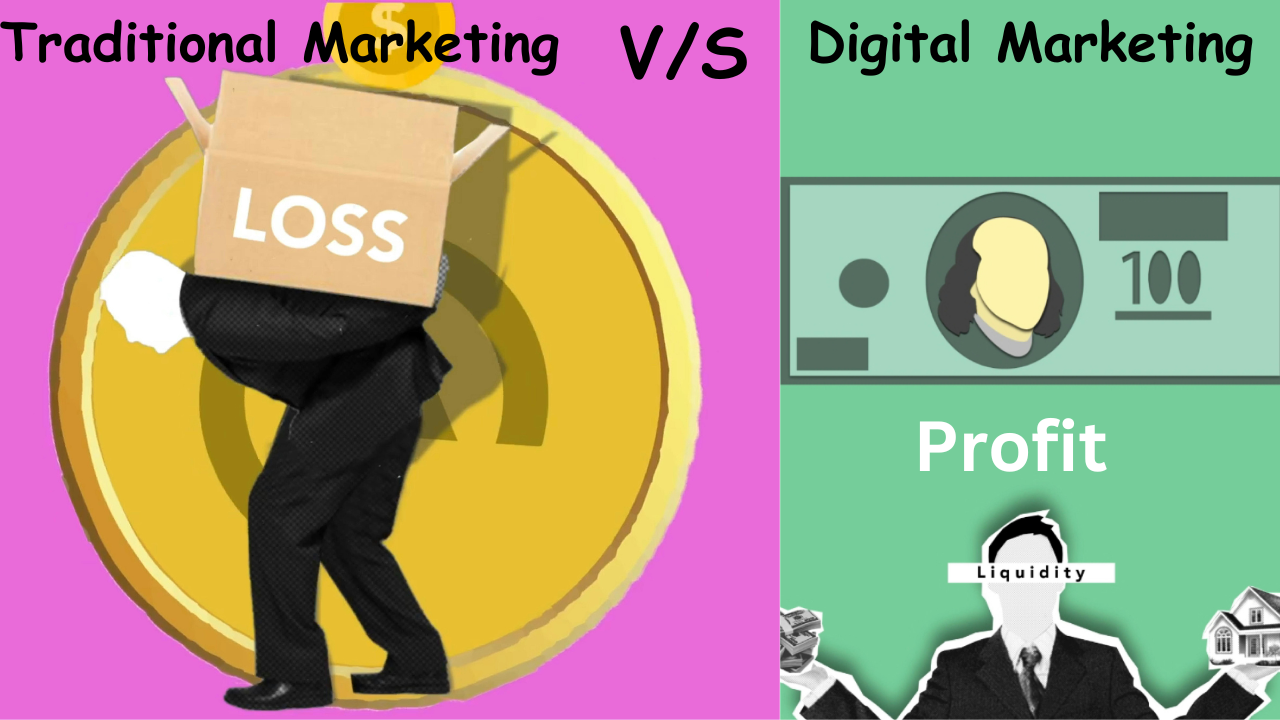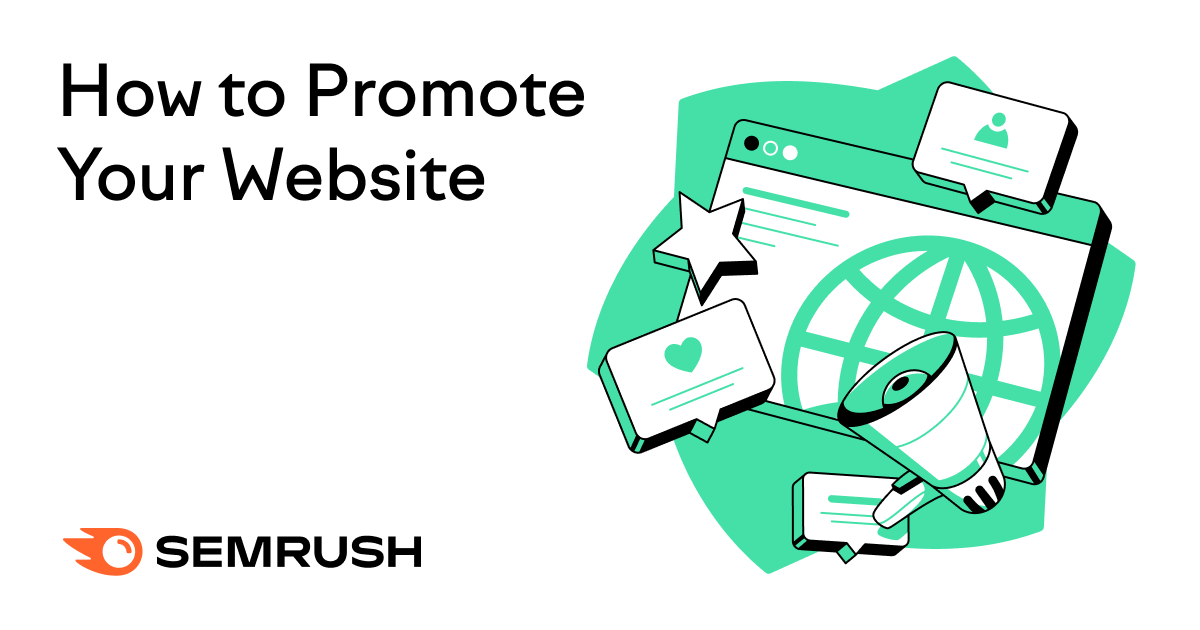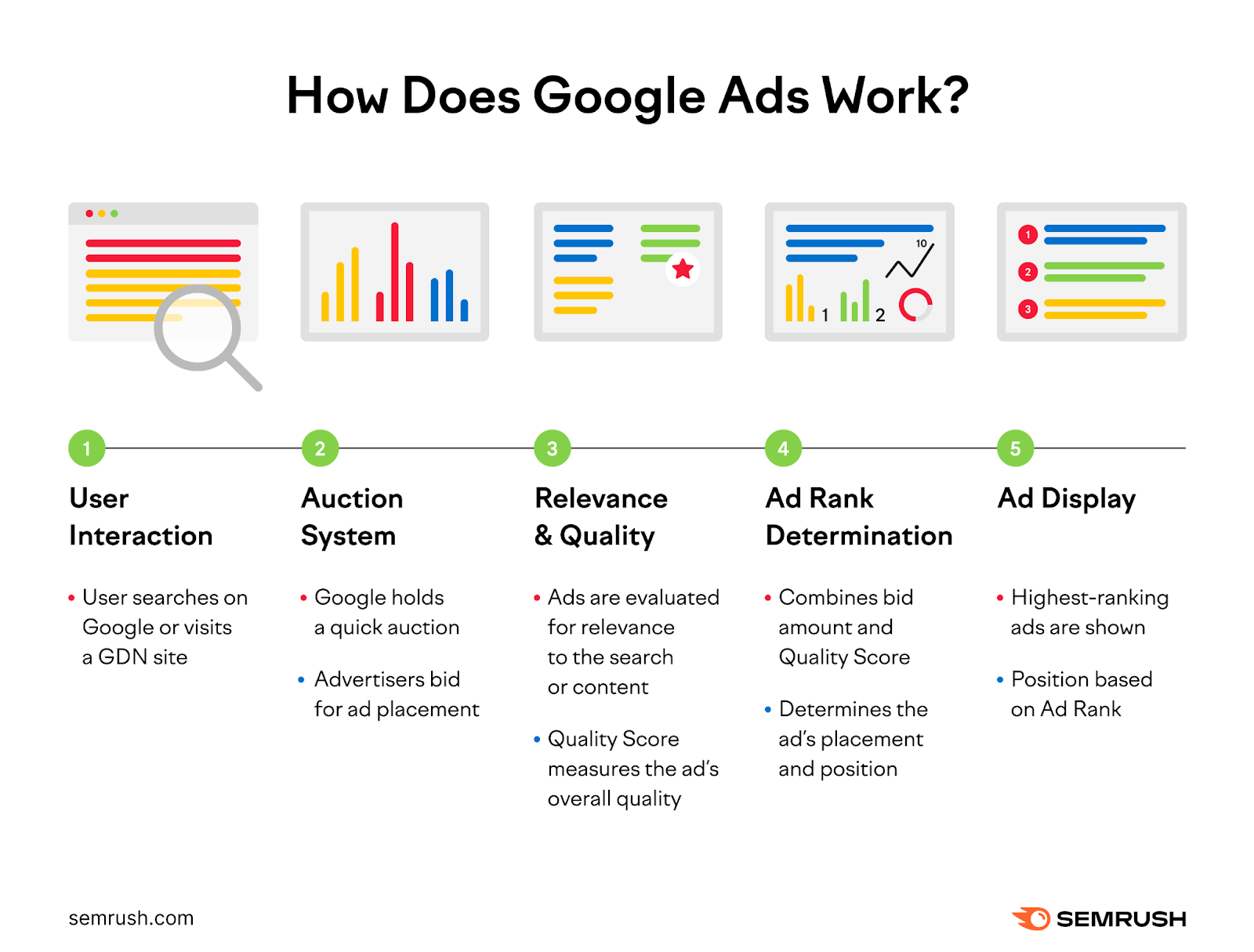Introduction Strategies for traffic and engagement in today’s digital age, having a well-designed website is essential for any business or personal brand. However, simply creating a website is not enough. To reap the benefits of an online presence, you must actively promote your website to drive traffic, engage visitors, and achieve your goals, whether they are increasing sales, building a community, or raising awareness. This article explores effective strategies for promoting your website. 1. Search Engine Optimization (SEO) On-Page SEO Strategies for traffic and engagement : On-page SEO involves optimizing individual web pages to rank higher in search engines. Key elements include: Keyword Research: Identify relevant keywords that potential visitors are likely to use. Tools like Google Keyword Planner or Ahrefs can help. Quality Content : Create valuable, informative, and engaging content that answers users’ queries. Use your keywords naturally within your content. Meta Tags : Optimize meta titles and descriptions to improve click-through rates. These should be concise, relevant, and include primary keywords. Internal Linking Strategies for traffic and engagement: Link to other pages within your website to help search engines understand the structure and context of your content. Mobile Optimization : Ensure your website is mobile-friendly as a significant portion of web traffic comes from mobile devices. Off-Page SEO Off-page SEO focuses on building your website’s authority through external efforts: Backlinks : Obtain high-quality backlinks from reputable websites. Guest blogging, influencer collaborations, and creating shareable content can help. Social Signals : Engage on social media platforms to drive traffic and generate backlinks. Social shares and interactions can indirectly influence your SEO. 2. Content Marketing Content marketing involves creating and distributing valuable content to attract and retain an audience. Strategies include: Blogging : Regularly publish blog posts on topics relevant to your audience. This not only drives traffic but also establishes your authority. Infographics : Create visually appealing infographics that simplify complex information. Infographics are highly shareable and can drive significant traffic. Videos: Leverage the power of video marketing. Create tutorials, product demos, or engaging stories to capture your audience’s attention. Podcasts : Start a podcast to discuss industry trends, interviews, or other relevant topics. Podcasts can reach a different segment of your audience and drive traffic back to your site. 3. Social Media Marketing Social media platforms are powerful tools for website promotion: Platform Selection : Choose the right platforms where your audience is most active. Facebook, Twitter, LinkedIn, Instagram, and Pinterest each have unique strengths. Regular Posting : Share your content regularly. Use a mix of promotional posts, informative content, and engaging visuals to keep your audience interested. Engagement: Interact with your followers by responding to comments, participating in discussions, and acknowledging shares. Engagement fosters a loyal community. Paid Advertising : Use social media ads to reach a broader audience. Platforms like Facebook Ads, Instagram Ads, and LinkedIn Ads allow for targeted campaigns based on demographics, interests, and behaviors strategies for traffic and engagement. 4. Email Marketing Email marketing remains one of the most effective ways to promote your website: Build a List : Collect email addresses through opt-ins on your website. Offer incentives like eBooks, discounts, or exclusive content. Segment Your Audience : Segment your email list based on interests, behavior, or demographics to send targeted messages. Regular Newsletters : Send regular newsletters with updates, new content, and exclusive offers. Ensure your emails are valuable and not overly promotional. Automated Campaigns : Set up automated email campaigns for welcome series, abandoned cart reminders, or re-engagement sequences. 5. Online Advertising Online advertising can provide immediate traffic to your website: Google Ads : Use Google Ads to create search, display, or shopping campaigns. Target specific keywords to reach users actively searching for your products or services. Social Media Ads : As mentioned earlier, social media platforms offer robust advertising options.Strategies for traffic and engagement use these to boost visibility and drive traffic. Retargeting Ads : Implement retargeting campaigns to reach users who have visited your website but did not convert. Retargeting can remind them of your offerings and encourage them to return. 6. Influencer Marketing Collaborate with influencers in your industry to reach their audience: Identify Influencers Strategies for traffic and engagement : Find influencers who align with your brand and have a genuine following. Partnerships Strategies for traffic and engagement : Partner with influencers to create sponsored content, reviews, or giveaways. Their endorsement can drive significant traffic to your website. Authenticity Strategies for traffic and engagement: Ensure that influencer promotions are authentic and align with their usual content style to maintain credibility. 7. Community Engagement Engaging with online communities can help promote your website: Forums and Groups : Participate in forums like Reddit or niche-specific groups on platforms like Facebook and LinkedIn. Provide value and share your expertise. Q&A Sites : Answer questions on Q&A sites like Quora, linking back to your website where relevant. Webinars and Live Chats : Host webinars or live chats to discuss industry topics, answer questions, and showcase your expertise. Conclusion Promoting a website requires a multi-faceted approach. By leveraging SEO, content marketing, social media, email marketing, online advertising, influencer collaborations, and community engagement, you can drive traffic, engage visitors, and achieve your objectives. Consistency and adaptability are key; continually assess the performance of your strategies and adjust them as needed to stay ahead in the ever-evolving digital landscape.








